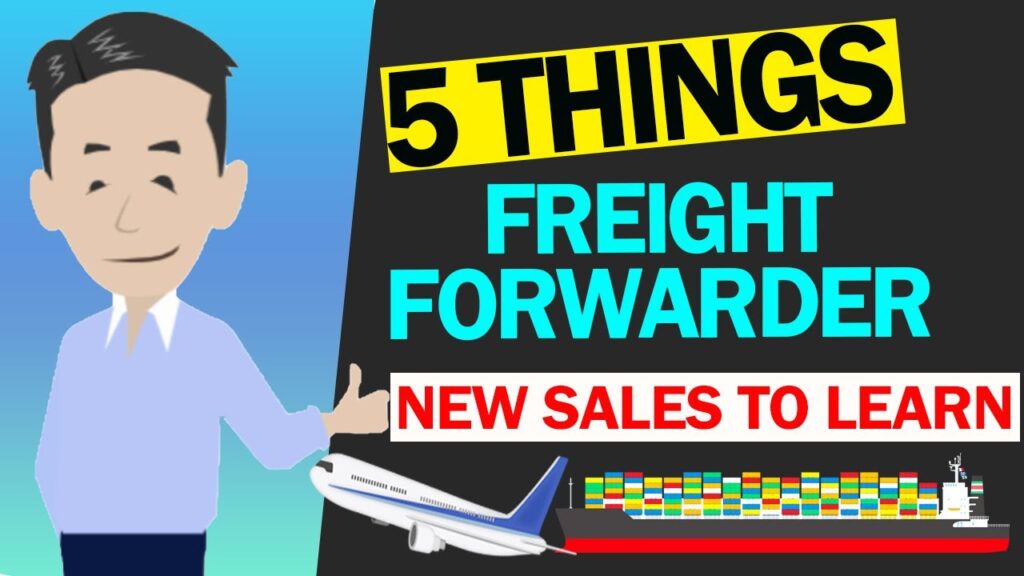
 ネコ先輩
ネコ先輩 About History of Container Transportation
Explained about History of Container Transportation by Video
 Kamome Senpai
Kamome Senpai This is 9:21 video.
Today, I will talk about the history of container transportation.
“The Box” by Marc Levinson

I took reference from Marc Levinson’s book, “The Box”.
I would highly recommend that you read this book if you work in the trading or logistic industries.
When container transportation is introduced ?

When do you think container transportation was introduced at the first time?
Was it 50 years ago, or was it 100 years ago?

The first container transportation was introduced on April 26th, 1956. In this first shipment, 58 aluminum containers were transported from New Ark port to Huston port, USA.
Before Introduction of Container Transportation

So, before they introduced container transportation, how was the cargo transported?
First, sea shipment was handled by stevedores and they loaded and unloaded cargo by hand.

A stevedore was a hard and dangerous manual job. They were handling 50 to 60kg bags of coffee, beans and sugar.

They lived by the wharf. And when the morning came, they went to the port to get a job. Cargo handling job was issued daily.

At that time, how was the cost of transportation by sea shipment?
Half of the breakdown of sea shipment costs was labor costs of the stevedores.
The stevedores cost effected a lot to the transportation cost at that time.
Not good working enviornment

In addition to this, Labor relationships between agents and stevedores wasn’t very good.
Those agencies who introduced work at ports tried to minimize labor costs. And also they tried to introduce two shift patterns to increase efficiency.

However, stevedores were so against it.

They had a labor union and they went on strike and took hours for break.
And also, there were constant cases of theft.

Although people at ports tried to solve these problems, they were not successful.
Achievement of Malcolm McLean

However, there was the person who solved the ports problem. It was Malcolm McLean.

Malcolm McLean was an entrepreneur and he was a truck driver at the beginning of his career.

One day, when he was transporting cargo on his truck, he thought “if I could load the truck onto a vessel, it would solve loading problems.”

At that time, he was making big profits by managing a truck company.
Therefore, he bought a shipping line and developed containers vessel by himself.

Then, he introduced the first container shipment in the world.
As mentioned previously, Malcolm McLean sent the first container transport in April 1956.
The First Cost of Container Transport

As I mentioned, the stevedores cost took 50% on the sea shipment. And this first cost of the container transport gave a quite impression.

In 1956, the cost of cargo loading was 5.8 us dollar per ton. This was the cost for stevedores to load cargo onto a middle sized vessel.
On the other hand, the container loading cost which was developed by Malcolm McLean was 15 cent per ton. There is a huge cost reduction.
Reduction of Cargo Handling Time

Also, using containerization, cargo handling time was dramatically reduced.

When using stevedores, a vessel stayed overnight and took 1 week to load and unload.
However, at the first time container transportation, one container was loaded in 7 minutes and the cargo handling of a vessel was completed in 8 hours. That’s the power of innovation.
Containerization Took Time to Spread

Containerizing increased efficiency, however, it was not penetrated quickly in the market.

In North America, there were McLean and another company who started containerization. However, other shipping lines were not able to move forward with this idea.
Why? Many of shipping lines were conservative and there were three main problems for containerization.
① Introduction of new vessels
② Modification of vessels so containers can be loaded
③ The requirement to make a lot of containers
As they had to pay for the initial cost, containerization took time to spread.

There were some companies who tried to introduce containerization. However, stevedores fiercely protested and they were unable to use containers at all.
Some companies went bankrupt by making the investment.
What is Trigger of Containerization ?

So, how did containerization become more common?
This was triggered by the Vietnam War.

The Vietnam War originally began between Vietnam and France. However, after the French retreated, it became a war between the North and South of Vietnam.

In this war, Ho Chi Minh in Nortern Vietnam was trying to spread socialism. On the other hand, as North America were concerned about the spread of socialism, they joined the Vietnam War in 1965.

Eventually, about 540,000 American soldiers were sent during the Vietnam War.
However, it is said that after sending 60,000 soldiers to Vietnam, they realized it was impossible to continue the war by using their existing logistics method.

The depth of water in the Saigon port in South Vietnam was too shallow for a cargo vessel to approach the shore.
Therefore, they used a raft and an amphibious tank to approach the vessel to unload goods. That is shockingly inefficient.

To make matters worse, the cargo was not managed at all after unloaded on the land.
It was left out in open and they did not know which division it belongs to. It took so long time for the cargo to arrive and sometimes it got stolen.

To prevent theft, a vessel was used as a warehouse.
It was said that there were 74 fully loaded vessels near the shore.
Malcolm McLean arranged Container Transport

They could not fight the war without having supplies delivered. Malcolm McLean decided to solve the problem and he promoted containerization.

McLean saw pictures of the Vietnam War on the news, and he went to speak to the full admiral of America for him to arrange container transport.

By then, the port had been developed as deep water port, and they were able to transport goods by containers. Logistics was improved greatly, enabling them to transport fresh food, meat, and ice cream.

Also, McLean introduced computers for his logistics, therefore, he was able to manage each cargo’s delivery location and he delivered the cargo correctly.

After the Vietnam War, containerization which had previously struggled due to stevedores protest finally started to move forward.
After Containerization Started

When containerization developed, Vessel, port, and companies started to become enormous.

At the beginning of container transportation, a vessel was able to carry 58 containers.
But now, they are able to carry 20,000 TEU of containers on the vessel.

A large company with capital will survive and continue with their investment to enlarge their vessels. But on the other hand, small companies collapse by losing competition.

Gigantic shipping lines will make a loss unless they fill 70 to 80% of their loading capacity.
Therefore, they strive to collect cargo.
Price Competition Started

Shipping lines who want to collect more cargo start to compete against their own price. There was the tough price competition between shipping lines.

For the shippers and consignee, the cost is of course important. Therefore, they tend to choose a company with the lowest cost.

That’s why shipping lines had severe price competition. Recently, a major South Korean shipping line went bankrupt in 2016 because of this.
The Future of Containerization

Containerization was introduced to maximize their efficiency and what are they going to become next?

Currently, the gantry cranes will be remotely controlled.
And in the future, I guess cargo handling at terminals will be fully automated.

However, I don’t think the mechanism of containerization which was built for 64 years will disappear that soon.

I think containers will still be used, but IT and service will be different in the future.

I work as a freight forwarder, and I believe that we need to be flexible to adjust different management methods to survive.
Summary

How was the history of container transportation? Now you are more familiar with the background of sea shipment. I hope you enjoyed this video and you will be more interested in international logistics.
Contact to IINO san

★Contact to IINO san★
—————————————–
FaceBook Page
https://www.facebook.com/iinosaan
Linked In Message
https://www.linkedin.com/in/shinya-iino/
Twitter DM
https://twitter.com/iino_saan
—————————————–
 IINO
IINO I’m waiting for your contact!









